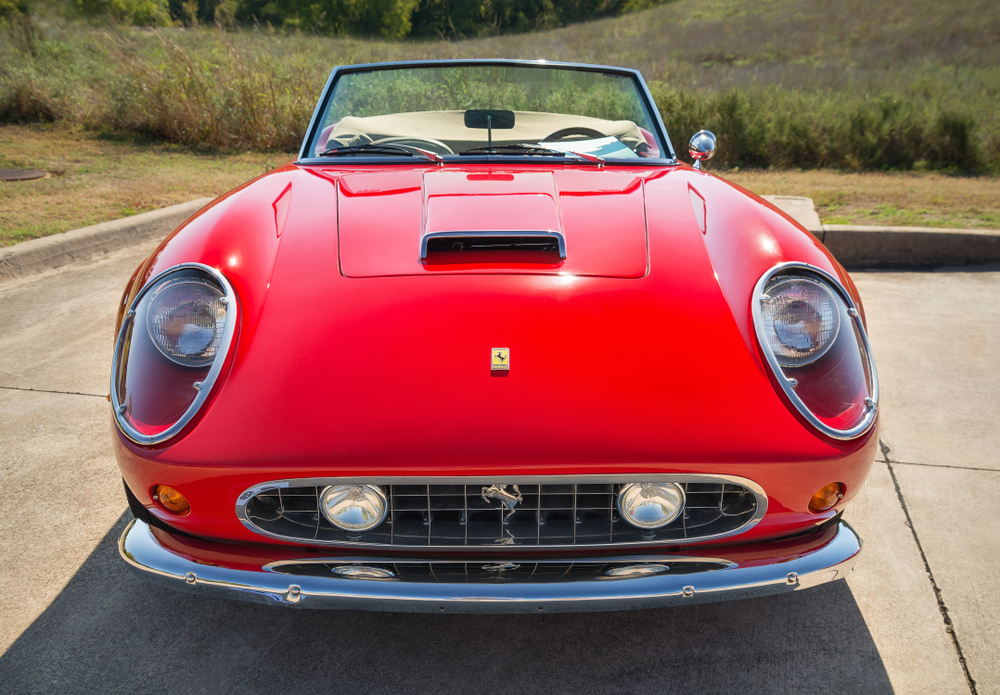Copyright © Everyday Narrative 2024. All rights reserved.
In the diverse and vibrant world of collectors and collections, certain individuals stand out for their unparalleled passion, the vast breadth of their holdings, and their generosity in sharing these treasures with the public.
Among this distinguished group, Canadian financier and philanthropist Miles Nadal has etched a remarkable place for himself. Nadal’s approach to collecting transcends the mere hobbyist level, embracing a deep-seated passion that encompasses everything from the rarest sneakers to vintage automobiles, thus highlighting an exquisite appreciation for collection as an art form.

Nadal captured the headlines with a stunning acquisition of 99 of the world’s most sought-after sneakers from Sotheby’s for $850,000. This wasn’t merely an expansion of his personal collection; it heralded sneakers as collectibles of significant value, akin to pieces of walkable art. His collection, which flourished to include iconic Air Jordans, sneakers signed by sports legends such as Tom Brady and Steph Curry, and rare finds like Nike’s Air Mag—directly referencing “Back to the Future”—illustrates the depth of his collecting ethos.

Beyond the realm of sneakers, Nadal’s passion extends to a substantial collection of automobiles, boasting over 160 vehicles ranging from classic Ferraris and Lamborghinis to an electric car dating back to 1913. Despite the profound joy and fulfillment these collections have provided, Nadal has opted to auction off a significant portion of his sneakers and cars on June 1st, with the intent of donating the proceeds to charitable causes. This decision embodies Nadal’s broader vision of collecting not merely as an avenue for accumulation but as a meaningful connection to history, art, and culture.

Nadal’s narrative is echoed across the celebrity spectrum, where individuals leverage their collections for philanthropy. For example, Jay Leno, renowned for his extensive car collection, and Leonardo DiCaprio, with his investment in iconic art, represent collectors whose acquisitions reflect a profound personal interest and a commitment to supporting artists and innovations.

Similarly, Nicolas Cage’s eclectic array from comic books to rare artifacts and Elton John’s significant photography collection underscore the variety and depth of celebrity collections. Jerry Seinfeld’s dedication to Porsche exemplifies a focused passion that aligns closely with Nadal’s own interests.

What distinctly sets Nadal apart is his philanthropic inclination to utilize his collections for the greater good. This endeavor is not isolated within the collector’s world. Other celebrities have also ventured into auctioning their prized collections for charity, marking a commendable trend towards using personal passions to foster societal benefit.

For instance, George Clooney once auctioned his cherished motorcycle for charity, demonstrating a similar spirit of giving. Similarly, the legendary David Bowie’s art collection, part of which was auctioned posthumously, served as another example of how personal collections can benefit wider communities and causes, continuing the legacy of their owners.
In auctioning his vast sneaker collection and select automobiles, Nadal not only aims to support charitable causes but also inspires a reevaluation of the role of collectors in society. This move from accumulation to philanthropy represents a significant shift, suggesting that the ultimate value of a collection may lie not just in its aesthetic or historical significance but in its potential to effect positive change.
As we navigate the landscapes shaped by celebrity collectors like Nadal, it becomes evident that each collection narrates a unique story. These stories, enriched by personal history and taste, contribute to our cultural and historical tapestry, bridging the gap between individual passions and our collective heritage.
Ultimately, the essence of collecting, as exemplified by Nadal and his contemporaries, lies in a passion that serves not only as a means of preservation but increasingly as a vehicle for philanthropy. This evolution in collecting philosophy reminds us that behind every collection lies not just an individual but a vision and a story with the potential to make a significant difference in the world.



